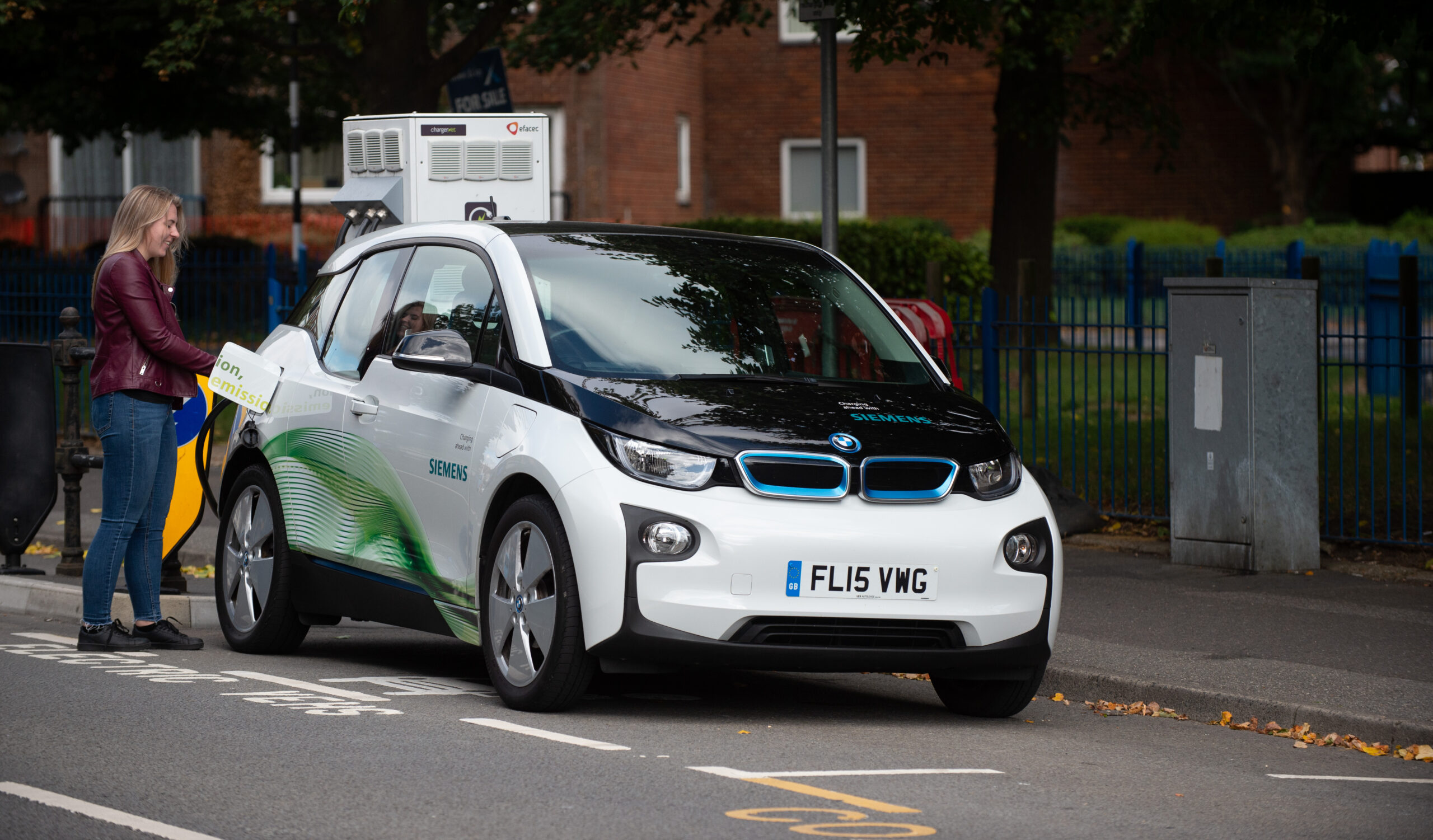What increased electrification means in the automotive industry

Electrification often has the connotation of switching to electric propulsion in the automotive industry, but it also includes the proliferation of electronics inside the vehicle for controls and entertainment. Both involve an entirely new development paradigm for the automotive industry, but for very different reasons. To talk about the impact of these changes in the industry, Tim and I brought together a diverse set of voices – Nand Kochhar for automotive, Matt Bromley to cover electronics, and Doug Burcicki filling in our knowledge of the business changes. The full conversation can be found in episode eight of our Model Based Matters podcast, but what were some of the highlights of the discussion? Let’s dig into what is driving the electrification trend in the industry, how software is changing development, and what these changes are doing to the business models of the transportation industry. And why model-based systems engineering is so important to the solution.
Both forms of electrification are emerging from customer demand and some amount of governmental requirement. Electronic control of the vehicles is meant to increase overall safety, through lane assist or automatic braking systems, which are also desirable to customers. Vehicles are converging towards computers on wheels in an attempt to integrate the software services modern customers are asking for, be it integration with their phone or better connectivity for navigation or network systems. These types of systems rely on low voltage electronics. Powertrain electrification is being driven by wanting more environmentally friendly transportation options. These systems rely on a semi-independent and much higher voltage distribution setup, adding further complexity to building a new vehicle. Both of these systems also require software to work as intended – providing either an interface and logic for entertainment systems or controlling the output of batteries for optimal battery conditions.
Software is very different from what would have been normal in a vehicle a couple decades ago, but now it is one of the greatest differentiators in the automotive and transportation market. And it is not only for controlling the electronics within a vehicle, it is beginning to control the entire vehicle with the adoption of autonomous technologies. There are driverless taxis and autonomous trucks on the road today in a few regions, and they all rely on the best integration possible between the sensing/driving software, the electronic controls and the mechanical systems that make up a vehicle. That integration is why MBSE is so important for the automotive industry, the inputs and outputs can be understood deterministically and when something is unknown it can be iterated on digitally to find a solution. But this shift towards software and electronics is bringing large changes to the business side of the industry.
Possibly the most impactful change to the automotive industry is in the relationship of the driver and the auto manufacturer. The iterative changes in software and less reliance on mechanical improvements to vehicles year over year is pushing some sectors in the industry towards selling a travel experience rather than a vehicle. This is already extremely common in the industrial side of transportation, where OEMs provide transportation as a service or based on a quoted capacity. But urbanization could bring this business structure into the commercial realm. Customers will sign contracts based on mileage and trip requirements rather than purchasing the vehicle outright. This would have massive implications on vehicle service as well, but that is not covered in this episode, but it will be in episode nine of the podcast when we continue the conversation.
Overall this was a very interesting conversation about the automotive industry. It was more a discussion of changing business models than of technology advancements, so if you are interested in the future the transportation industry but don’t have a technical background this might be the perfect stepping off point in understanding the value of model-based systems engineering. For some extra snippets take a listen to the episode and subscribe if you found it interesting, we try to keep the conversations going every couple weeks, or check out the catalogue of episodes on other MBSE topics. Thanks for reading and we hope to have you again for the next episode, where we continue the automotive discussion, but pivot towards the changes to service as transportation becomes an experience rather than a product.
Siemens Digital Industries Software is driving transformation to enable a digital enterprise where engineering, manufacturing and electronics design meet tomorrow. Xcelerator, the comprehensive and integrated portfolio of software and services from Siemens Digital Industries Software, helps companies of all sizes create and leverage a comprehensive digital twin that provides organizations with new insights, opportunities and levels of automation to drive innovation.
For more information on Siemens Digital Industries Software products and services, visit siemens.com/software or follow us on LinkedIn, Twitter, Facebook and Instagram.
Siemens Digital Industries Software – Where today meets tomorrow


